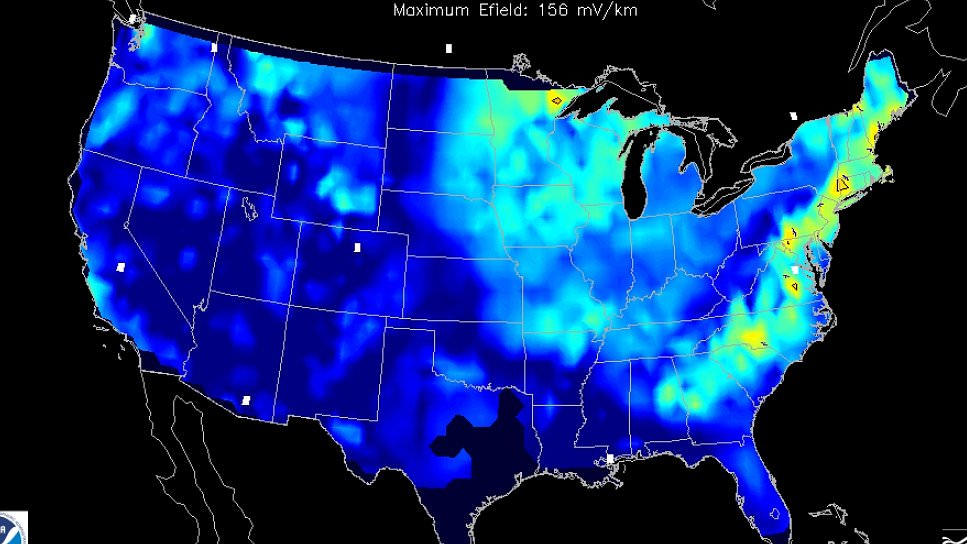A massive solar storm is heading toward Earth, threatening to disrupt communications, navigation systems, and power grids around the world.
NASA issued the warning after a powerful burst of energy from the sun last week, which measured as an X2.7-class solar flare, the highest category for solar flares.
Solar flares are intense bursts of radiation that come from sunspots — darker, cooler areas on the sun’s surface — and are among the most powerful explosions in the solar system. These flares can last from a few minutes to several hours.
This X2.7 flare, released on May 14, came from the sun’s most active region, which is now rotating directly toward Earth.
The flare has already caused radio blackouts across Europe, Asia, and the Middle East, along with some power degradation in the eastern US.
NASA warned that more is to come, saying the bursts could continue to impact ‘radio communications, electric power grids, navigation signals, and pose risks to spacecraft and astronauts’.
Space expert Vincent Ledvina posted on X: ‘This is getting intense, especially as this active region turns closer into view.’
While NASA warned more blackouts and communication interference are expected in a matter of days, the agency also noted that several US states will witness stunning northern lights.
Those include Alaska, Washington, Idaho, Montana, North Dakota, South Dakota, Minnesota, Michigan, Wisconsin, and Maine, as well as parts of nearby states, including New York.

NASA issued the warning after a powerful burst of energy from the sun, which measured as an X2.7-class solar flare, the highest category for solar flares. The solar flare appears as a bright flash in extreme ultraviolet light, which is colored red to accentuate the immense heat.

The flare has already caused radio blackouts across Europe, Asia , and the Middle East, along with some power degradation in the eastern US (pictured, darker orange)
the agency also noted that the storm will bring stunning northern lights across 11 US states.
Solar flares are grouped into five categories: A, B, C, M, and X, with each level representing a tenfold increase in energy output.
A is the weakest, and X is the strongest.
The UK’s Met Office reported that up to five sunspot regions are currently visible on the side of the sun facing Earth, with a new magnetically active region rotating into view over the southeastern solar horizon.
The agency also noted that a region near the sun’s northwest limb may have produced a moderate-class flare earlier on May 19.
‘Solar activity is expected to remain mostly low, but with an ongoing chance of isolated moderate-class flares,’ the Met Office added.
This uptick in solar activity highlights the importance of monitoring space weather, especially as our society becomes more reliant on technology.
As the sun continues through its active phase, more solar flares and potential geomagnetic storms could occur in the coming days and weeks.

An active region at the edge of the Sun and a coronal mass ejection
Read More
EXCLUSIVE
The 'inevitable' US disasters that keep scientists up at night

A geomagnetic storm is a temporary disturbance of Earth’s magnetic field caused by a massive eruption of charged plasma from the Sun’s outermost layer.
One notable example occurred in 1989, when a powerful geomagnetic storm triggered a nine-hour blackout across Quebec, Canada.
High-frequency radio communications — vital for aviation and maritime operations — are particularly vulnerable to such space weather events.
Although not yet confirmed, there may have been a coronal mass ejection (CME) associated with the May 14 X-class flare.
CMEs are large eruptions of solar plasma and magnetic fields that, if directed at Earth, can trigger geomagnetic storms and vivid auroras.
For now, Earth may be spared, as the active region AR4087 is still located near the edge of the sun, not yet fully facing our planet.
